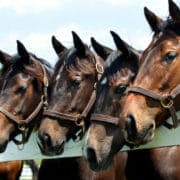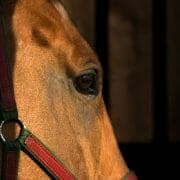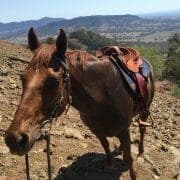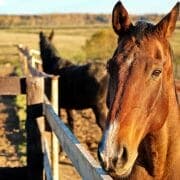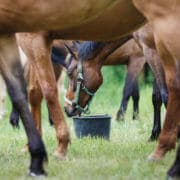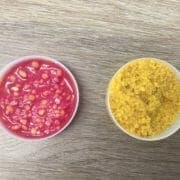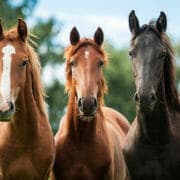Too Much Salt Might Be Killing Gut Bacteria
Salt for horses – how much is too much?
Extreme weather can increase the trend for people to add large amounts of salt to their horse’s daily feeds, despite actual requirements or what may be coming from the rest of their diet. While horses need sodium or chloride to continue to sweat, it’s important to remember that commonplace blanket recommendations like “add 10g of salt per 100kg of bodyweight” don’t take into account a horse’s specific condition.
Take this horse’s diet for example, shown in the graph below. If we add 10g/100kg of bodyweight to his diet, his sodium intake is well over 200% of what he needs. In extreme heat conditions, this may well be accurate, but once it cools off, this is way more sodium than he needs.
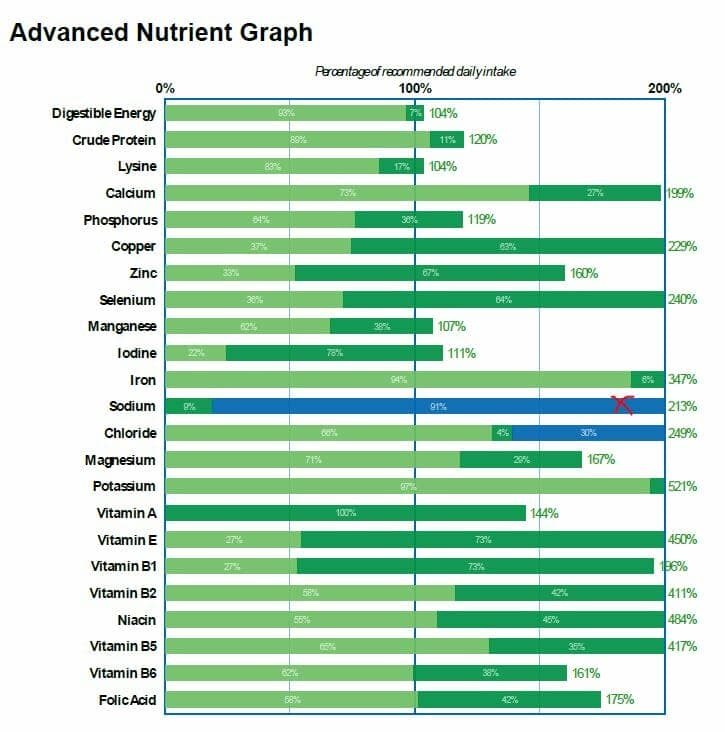
What does excessive salt do to the bacteria in their gut? Salt is, after all, one of the best-known and most widely used anti-bacterial agents in the world.
A paper published in ‘Nature’ (one of the most reputable journals in the world) showed that in both humans and mice, adding more salt than normal to a diet affected the gut bacterial populations – in some cases even entirely wiping out certain strains of bacteria. The researchers were then able to link those shifts in gut bacteria to high blood pressure, which may help to explain the link between high salt diets and hypertension.
For horses, feeding excessive salt is unlikely to have any benefit and may be negatively affecting the good bacteria in your horse’s gut. When using FeedXL, be sure to meet but not exceed your horse’s requirement for sodium with salt that is added to the diet. Then leave free choice salt out so that they can top up any extra requirements they may have.
The Nature paper is here if you’d like to read it in more detail:
https://www.nature.com/articles/nature24628
Do you have a question or comment? Do you need help with feeding?
We would love to welcome you to our FeedXL Horse Nutrition Facebook Group. Ask questions and have them answered by PhD and Masters qualified equine nutritionists and spend time with like-minded horse owners. It’s free!
Click here to join the FeedXL Horse Nutrition Facebook Group

